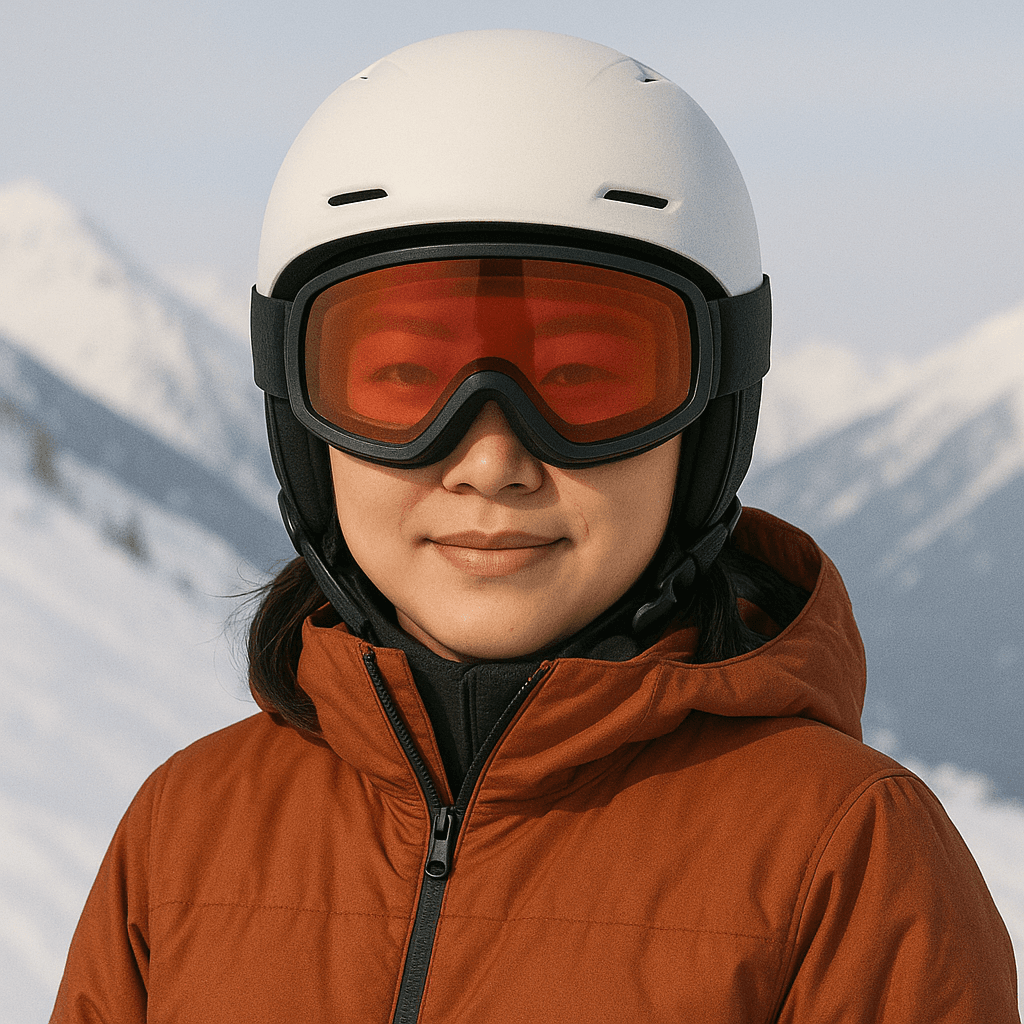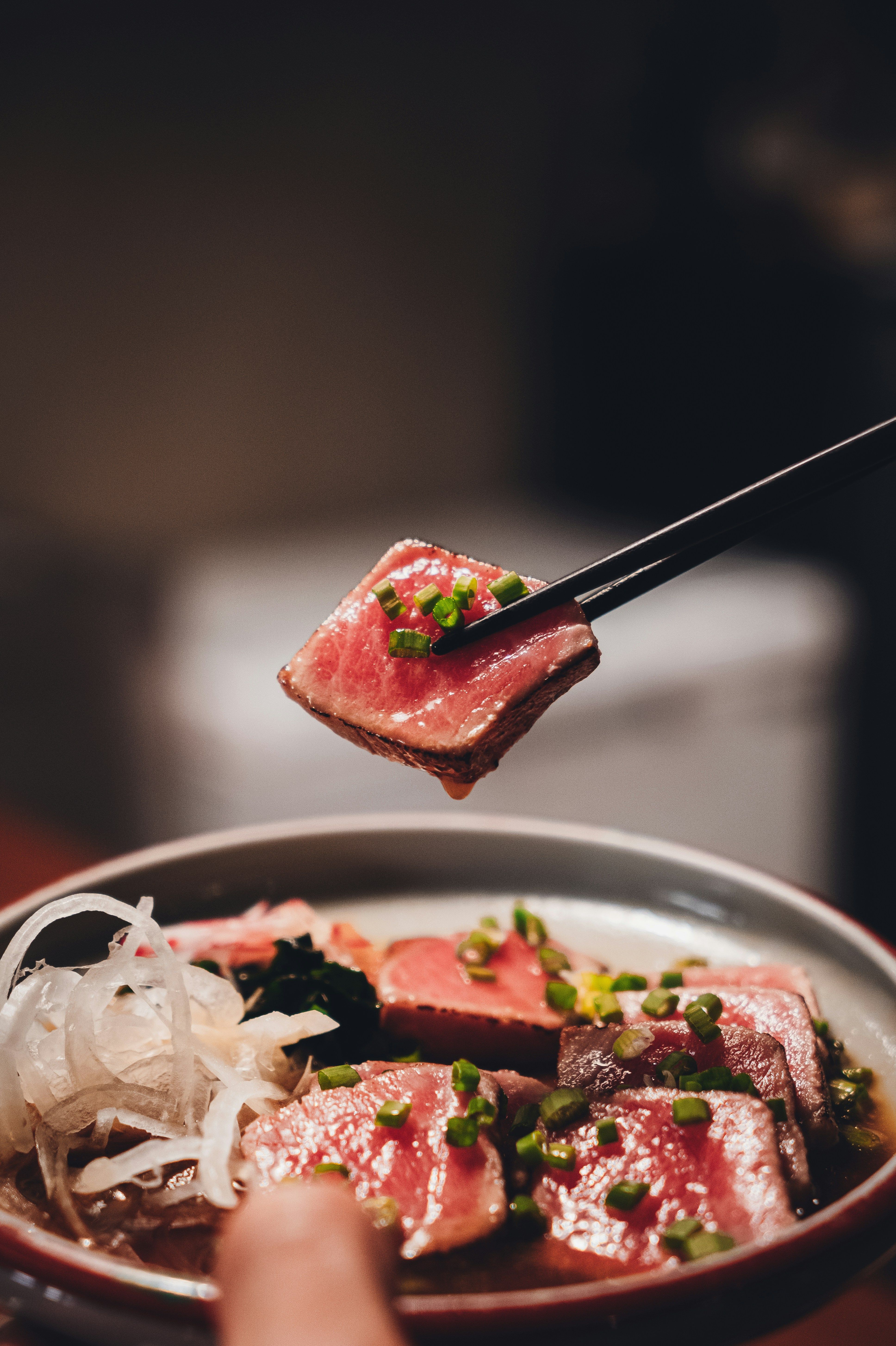
Izakaya 101: How to Eat & Drink in Japan’s Snow Towns

You’ve ridden trees all day, your legs are jelly, and the steam from the onsen has turned your brain to warm custard. Now it’s izakaya time — the moment Japan says “sit down, share everything, and debrief those turns.” This guide shows you how to order like you’ve been here before, what to point at first, and the tiny bits of etiquette that make dinner glide as smoothly as that last groomer.
What an izakaya actually is

Think “Japanese pub with share plates.” You’re here for draft beer, highballs, sake or tea, and a parade of small, salty, perfect things that show up when they’re ready. No three-course rigidity — you build the table you want. In ski towns, izakaya are the beating heart: warm, loud in the good way, and kind to groups who’ve spent all day outside.
How it flows:
- Sit — you may remove shoes if it’s tatami seating.
- Drinks first — one round to anchor the table.
- Order a few hot bites immediately, then keep adding in waves.
- Finish with a carb “shime” — rice or noodles to land the plane.
Pro tip: Peak weeks in small resorts book out fast. In places like Nozawa Onsen, Hirafu (Niseko), and compact villages, reserve earlier in the day — especially around New Year, Fire Festival week in Nozawa (Jan 15), and Saturdays.
Menus, magic words, and ordering without stress
Many izakaya have photo menus or English captions. If not, you’ll still be fine — point, smile, and use a couple of phrases.
- Sumimasen! — politely get attention.
- Toriaezu nama biru o… — “First up, draft beers…” add the count with fingers.
- Osusume wa? — “What do you recommend?”
- Moriawase — assorted platter; great for yakitori or sashimi.
- O-kaikei onegaishimasu — “Check, please.”
- L.O. on signs means last order — kitchens often close before the room does.
Otoshi: A tiny appetizer that arrives unasked. It’s a seat charge — normal in izakaya. Eat it or push it aside; you’ll see it on the bill.
The first round: drinks that play well after a powder day
- Nama (draft beer): Cold and immediate — the classic opener.
- Highball: Whisky with soda and ice. Crisp, low effort, endlessly repeatable.
- Lemon sour / chūhai: Shochu with soda and lemon; tart, refreshing.
- Sake: Start light and chilled if you’re new. Ask for junmai or honjozo by the glass; warm sake (atsukan) is great on freezing nights.
- Shochu (rocks or with hot water): Potato (imo) is earthy, barley (mugi) is lighter.
- Zero-alcohol wins: Oolong tea, yuzu soda, non-alc beer — nobody blinks.
Pace yourself. Food comes in pulses, and that highball wants friends.
The greatest hits — what to order first (and second, and third)
Below is the backbone of a storm-day table. Mix five to eight items, then add more once the first wave lands.
Yakitori — skewers from the grill
The smoke, the salt, the speed. Order an assortment or build your own:
- Negima: chicken + scallion
- Momo: juicy thigh
- Tsukune: minced chicken meatball, often with tare sauce
- Tebasaki: wings
- Kawa: crisp chicken skin — dangerously good
- Reba: liver, tender when done right
Condiments to know: Shichimi (seven-spice), yuzu kosho (yuzu-chilli paste), karashi (hot mustard), ponzu (citrus-soy).
Fry corner — the golden crunchy stuff
- Karaage: soy-ginger marinated fried chicken. Order more than you think.
- Kaki fry: breaded oysters — winter catnip in port towns.
- Korokke: potato croquettes with tonkatsu sauce.
- Agedashi tofu: silken tofu in hot dashi with grated daikon — soft, warming.
From the pan and plancha
- Gyoza: crisp-bottom dumplings; a guaranteed crowd pleaser.
- Yaki soba: stir-fried noodles with pork and cabbage — ideal mid-table fuel.
- Butabara shioyaki: salted pork belly, simple and perfect.
Warm bowls for cold bones
- Nabe (hot pot): bubbling broth with veg, tofu, and meat or seafood. Comfort on a burner.
- Oden: winter stew of daikon, eggs, tofu puffs — soothing and sneaky filling.
- Nikujaga: soy-sweet simmered beef and potatoes.
Raw & bright
- Sashimi moriawase: assorted slices — ask what’s best today.
- Tataki: lightly seared and sliced fish or beef, lemon and soy.
Greens and pickles that make everything better
- Hiyayakko: chilled tofu with scallion, ginger, soy — great reset bite.
- Japanese pickles: tsukemono plate cuts the richness and keeps the chopsticks busy.
- Sunomono: vinegar-dressed salads — cucumber, seaweed — bright and fresh.
Build the perfect table — sample orders to steal
Two hungry riders:
- Negima x4, tsukune x2
- Karaage
- Agedashi tofu
- Yaki soba
- Pickles plate
- Highballs → sake by the glass
- Shime: ochazuke (tea-broth rice) or mini ramen if nearby
Four-pack with bottomless legs:
- Yakitori assorted platter
- Karaage + kaki fry
- Nabe hot pot for the middle
- Gyoza x2
- Hiyayakko
- Yaki soba or garlic fried rice
- Pickles
- Beer to start, then two carafes of sake
- Shime: onigiri or zosui (rice cooked in leftover nabe broth)
Family early-bird:
- Tsukune, momo, corn butter, edamame
- Tamagoyaki (rolled omelette)
- Yaki soba, korokke
- Miso soup all round
- Oolong tea, lemon sour for the grown-ups
- Shime: plain onigiri or udon
Regional detours worth knowing
- Hokkaido: Jingisukan — lamb grilled at your table on a domed skillet. Soup curry appears in some izakaya — rich, spicy, perfect with rice after a storm.
- Tohoku: Winter is kaki season — fried oysters everywhere — plus warming hot pots.
- Niigata/Nagano: Sake lists get serious; rice country flex. You’ll see excellent local mushrooms and mountain veg in winter stews.
- Sea of Japan towns: Fresh fish — don’t skip the sashimi platter.
Etiquette that keeps things smooth
- Shoes: If seating is tatami, remove shoes and step on wood or tatami only with socks.
- Oshibori: Hot towel arrives — wipe hands, not face.
- Inside voices: Buzzing is normal; shouting isn’t.
- Sharing: Everything is communal — grab small plates and split.
- Allergies & prefs: Say “NG” or “allergy” and point — staff will help. Vegetarian options exist but can be limited; tofu, salads, pickles, grilled veg, yaki soba without meat are reliable.
- Tipping: Not a thing. A quick “gochisousama deshita” (“thanks for the meal”) on the way out earns smiles.
- Paying: Often at the register by the door. Some places are cash only — carry a little.
- Last orders: Kitchens call L.O. before close — order your shime and final drinks then.
Booking and peak-week tactics
Ski villages are small — dining rooms fill quickly when it dumps.
- Reserve by 4 pm for prime time during New Year, Fire Festival week in Nozawa, Lunar New Year weekends, and Saturdays.
- Early or late seatings are your friend — families early, powder crews late.
- Plan B: Keep a short list of backups within a five-minute walk. Worst case, swing through a konbini for an emergency ramen and onigiri nightcap — then try again tomorrow.
Drink smarter — simple pairings
- Yakitori + highball: salt and smoke love bubbles and whisky.
- Karaage + lemon sour: fat, acid, happiness.
- Sashimi + chilled junmai: clean and bright; don’t overthink it.
- Nabe + hot sake: the winter cheat code.
- Oden + oolong tea: warms you without knocking you down.
Glossary — ten words to sound like you’ve done this
- Izakaya: Japanese pub with shared plates.
- Otoshi: small appetizer + seat charge.
- Nama: draft beer.
- Highball: whisky + soda.
- Chūhai / sour: shochu + soda + fruit.
- Yakitori: skewered grilled chicken (and friends).
- Karaage: fried chicken, soy-ginger marinade.
- Nabe: hot pot.
- Shime: the finishing carb — ramen, rice, noodles.
- O-kaikei: the bill.